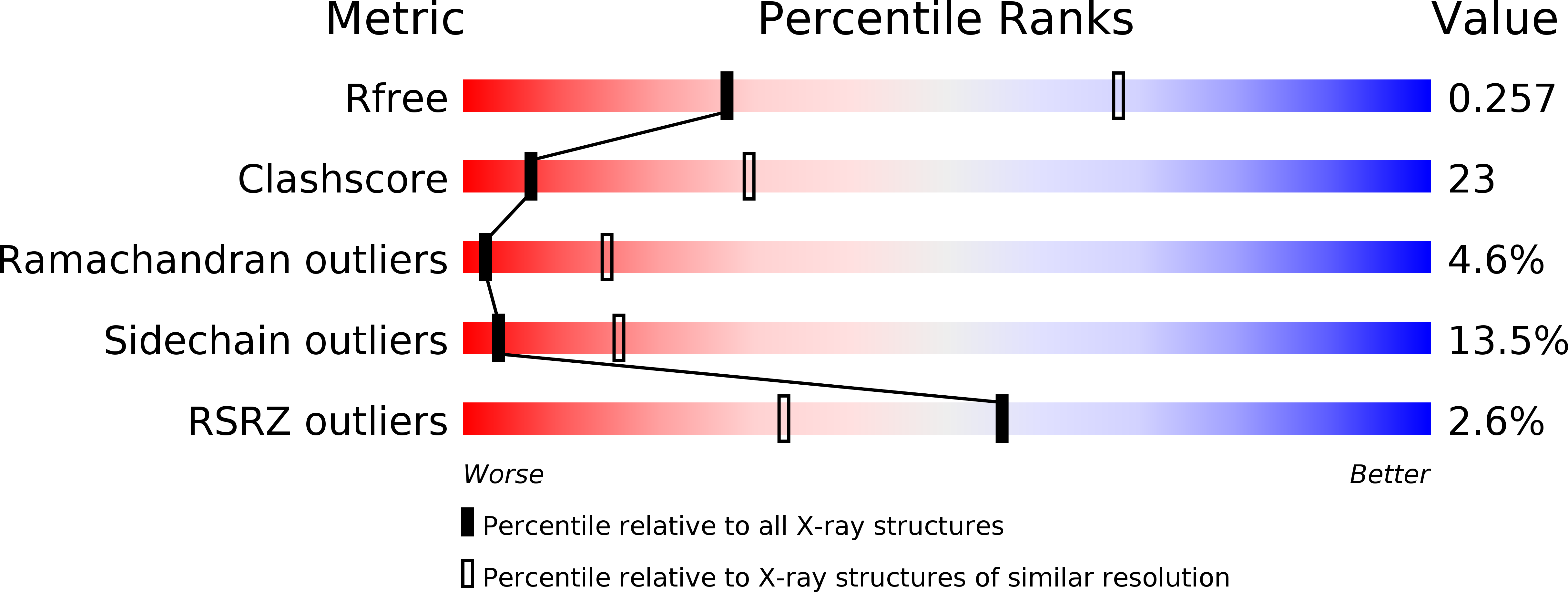
Deposition Date
2006-09-14
Release Date
2007-02-27
Last Version Date
2023-12-13
Entry Detail
PDB ID:
2J5E
Keywords:
Title:
Crystal structure of EGFR kinase domain in complex with an irreversible inhibitor 13-jab
Biological Source:
Source Organism:
HOMO SAPIENS (Taxon ID: 9606)
Host Organism:
Method Details:
Experimental Method:
Resolution:
3.10 Å
R-Value Free:
0.25
R-Value Work:
0.18
R-Value Observed:
0.19
Space Group:
I 2 3


